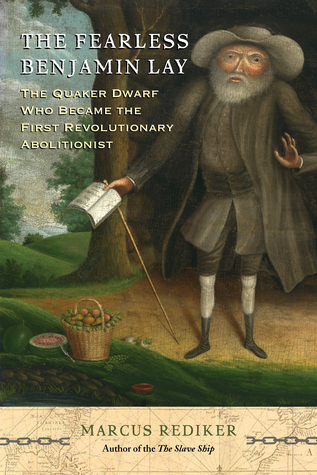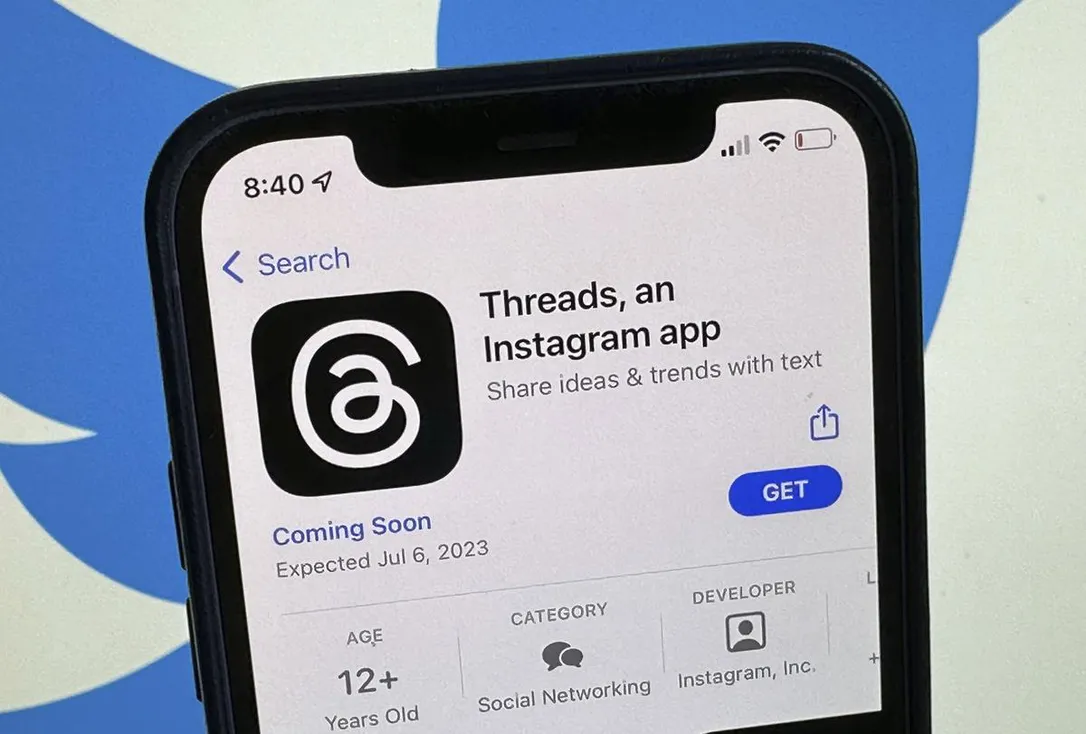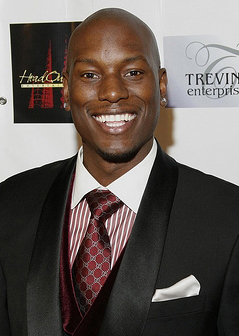Last Updated on September 20, 2023 by
Benjamin Lay was an Anglo-American Quaker “humanitarian” and “abolitionist” which lived {26th January, 1682 to 8th February, 1759}, born into a Quaker and farming family in EnglandCopford, Essex, in the late 17th Century with his early occupation as glove-maker and shepherd and also worked as a Sailor, in the year 1718 were he moved to a city called Barbados as he beheld the beseeched treatment of “African Slaves “. He is well identified for his initial and persuasive “anti-slavery” accomplishments which would terminate in a dramatic protests. Benjamin Lay was also a farmer, author, and an early vegetarian, which made him well-renowned by his early concern for the principled treatment of animals.Lay was born with restricted growth. Escaping from a miserable apprenticeship to a glover he then ran away to a sea where he remained as a seafarer for Approximately 12 years. When his ship was been docked down at “Bridgetown, Barbados”. Lay married Sarah Smith, she supported him unconditionally as they confronted the “Weighty Quakers” who possessed slaves
Benjamin Lay settled later in Philadelphia, and he was made un-popular among his fellow Quakers, by his strident anti-slavery stance, which would often culminate in acts of public protest. And also published several leaflets orpamphlets onsocietal causes during his lifetime, and one of the major book “All Slave-Keepers” which Keeps the innocent in bondage, Renouncers one of the earliest North-American works against slavery.
As he continued to consider himself a “Quaker” all over his life notwithstanding being disclaimed by the Society. Consequently, he continued to make dramatic gestures. Lay stood outside a meeting-house in the snow without a coat and on bare feet to put Friends on reminder of the hardship experienced by slaves. Also on another occasion he kidnapped a child and only returned him to his father when the established order came to his dwelling place. He said that this was an attempt to make people realize how African parents were ben fingered when their children were captured and sold into slavery.
Even though Lay is usually recalled for his influential role in persuading the “Society of Friends” to reject slavery, he was also ahead of his interval in assisting all other causes that he supported such as “Temperance”. Criminal reform also interested him and he produced books and pamphlets that supported the “Abolition of Capital Punishment”.
A most memorable adventures took place in Burlington, “New Jersey” in the year 1738. Entering the Meeting House he offed his outward clothing to disclose a Military Uniform together with a sword. After a lengthy tirade he thrust the sword into a bladder of red liquid that he had hidden between the covers of a Bible, spattering the Quakers sitting nearby. He said that“owning slaves was akin to stabbing a man to death” and that the Red liquid was a sign of the Blood of Slaves on Quaker slave owner’s hands. This upsurgeinitiated him to be disowned once-more. Lay’s strategies were in difference to other “Abolitionists” such as “John Woolman”, who was always known careful not to publicly criticize friends or to make an offence. John Woolman’sworks all went through the acknowledged Quaker approval channels.
In the year 1758 “Philadelphia Monthly Meeting”made a decision that slave holders should be omitted from all Business Meetings. It is said that when this broadcast reached Lay he arose from his chair and exclaimed that “I can now die in peace”; which he died in the following year and is buried in the “Quaker” burial-ground in Abington, nearby Philadelphia.
Quaker institutes were seriously exasperated by what he had written in the past, and, more seriously, with the fact that the book had been published as a Quaker document without Quaker approval. The press Overseer were supposed to authorize all books that placed forward “Quaker views”. In other to voice publicly an opinion and also present it as progressing from “Quaker principles”; without such approval, was a severecase at that period of time. Advertisementswere been made in various newspapers to put a distance from Lay’s views. Although, this censure did not discourage him and whenever the occurrence arises he would definitely speak out against “slavery”.
Benjamin Lay devoted himself to the worldwide “Abolition of Slavery”. As he embarked on aoutstandingdeep-seated campaign, which brought pain, rejection and exclusion from the Quaker’s Community. Although these circumstances, he stood up at a prayer meeting criticizing the slave possessors in the room, then punctured a bladder full of Pokeberry Juice fake Blood. It spattered over the worshippers causing confusion. As he was factually thrown out.
Lay laid down on the verge of the exit-door compellingeverybody to step over him. Lay was disowned by the Quakers because of Lay’s unremitting advocacy for abolition. He was reinstated effectively to the fold in 2017.
His involvement prejudiced early 19th Century “US Abolitionists”, But his memory was seemed to be lost history. Although in 2017, “Markus Rediker’s” Book took Lay’s story to a New Generation. Lester’s vivid, excellent artwork is a visual illustration of this groundbreaking activist. As he stands as a companion to Rediker’slabor. It was a faultless introduction to students in schools, colleges and resonates down the centuries to the Civil Rights Movement, Black lives Matter and the campaign for climate justice.










